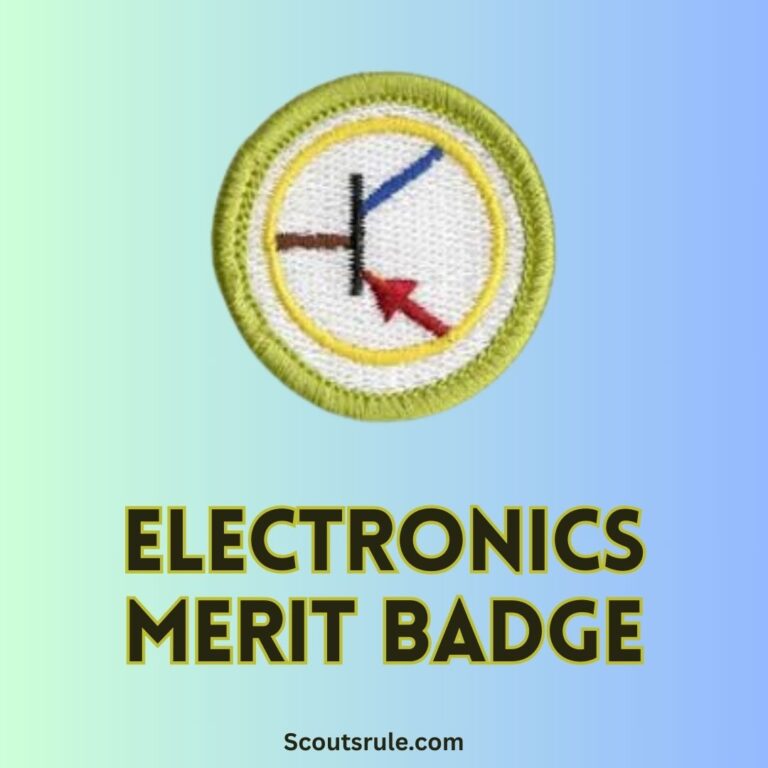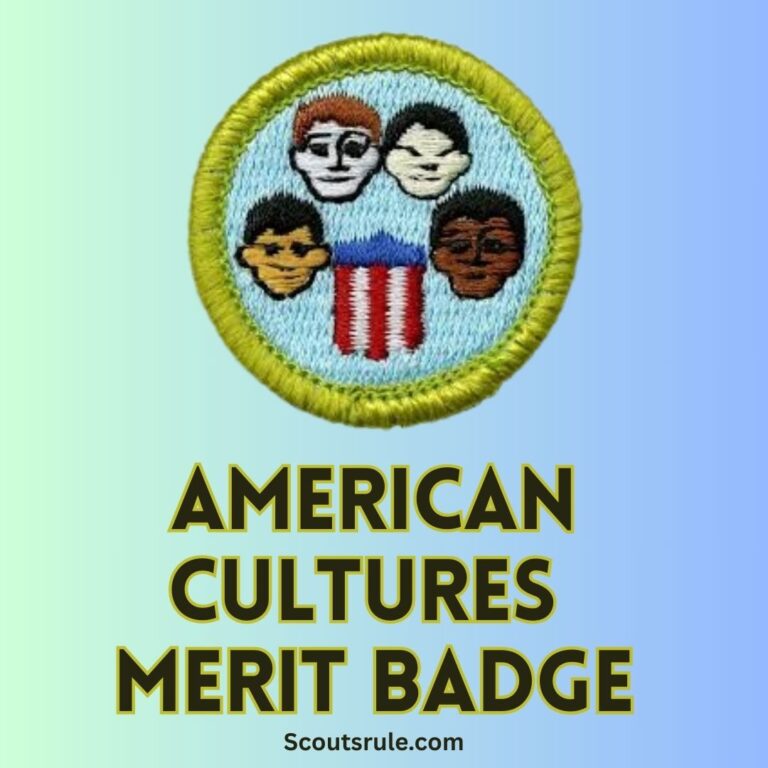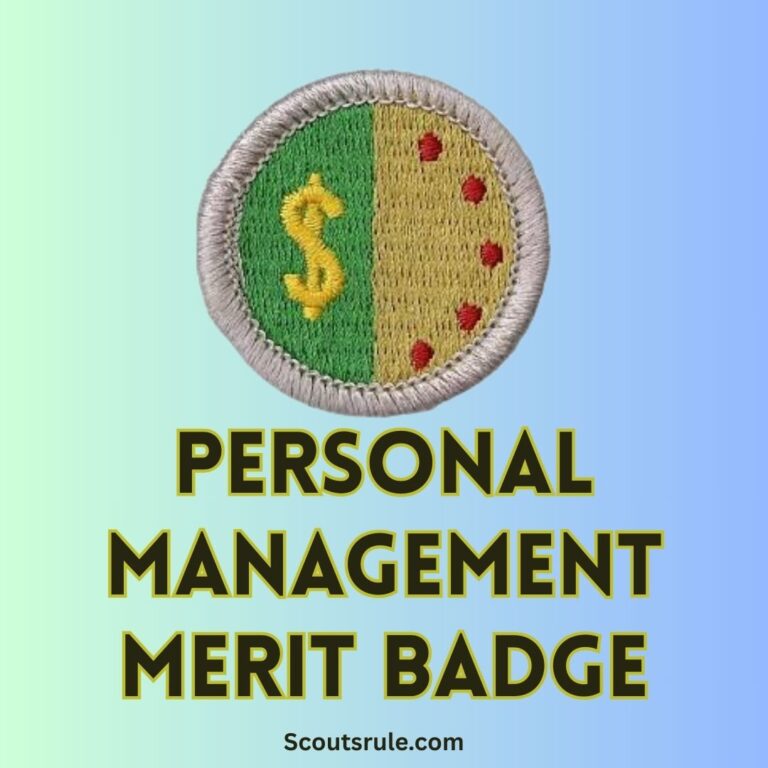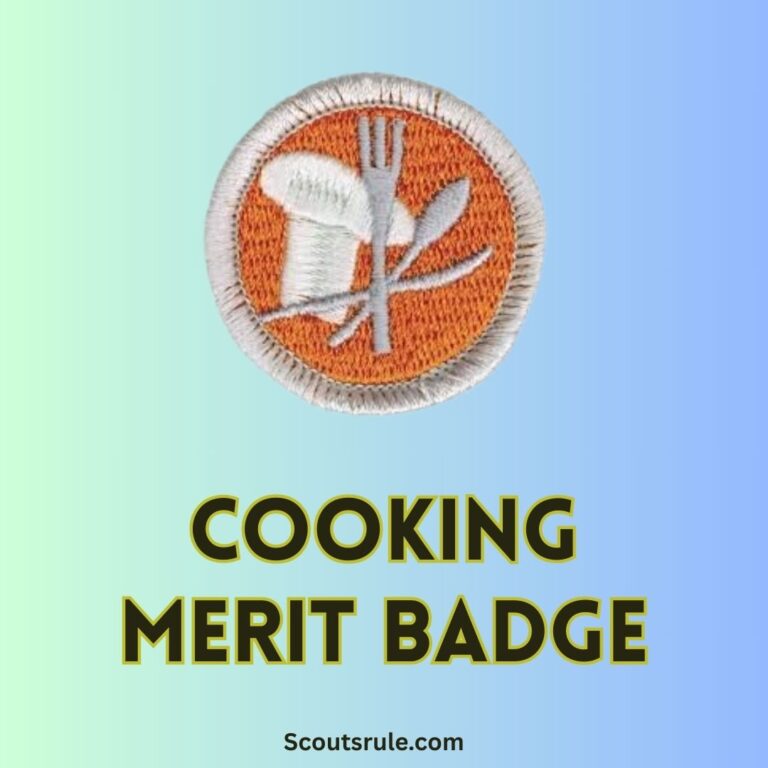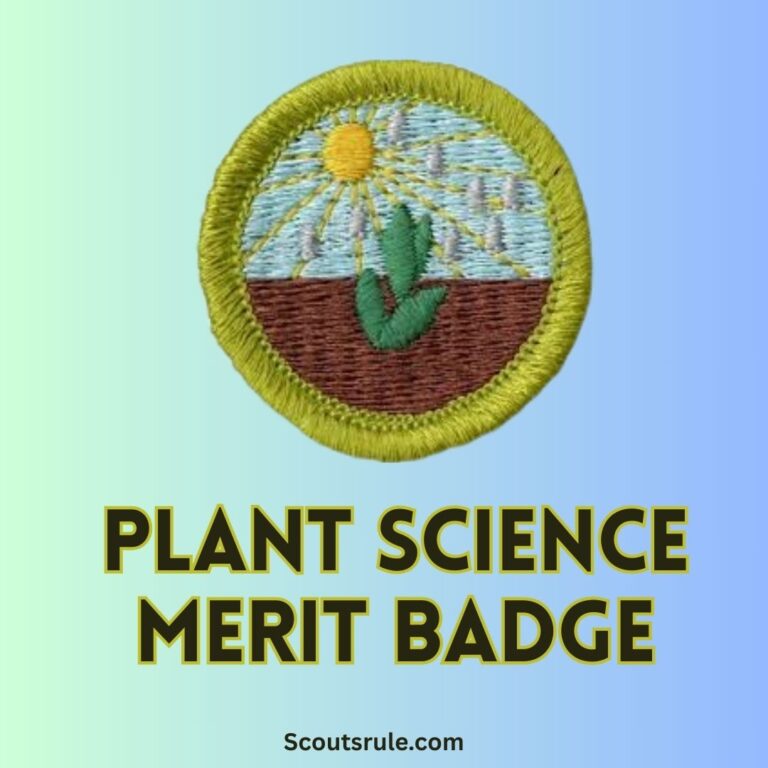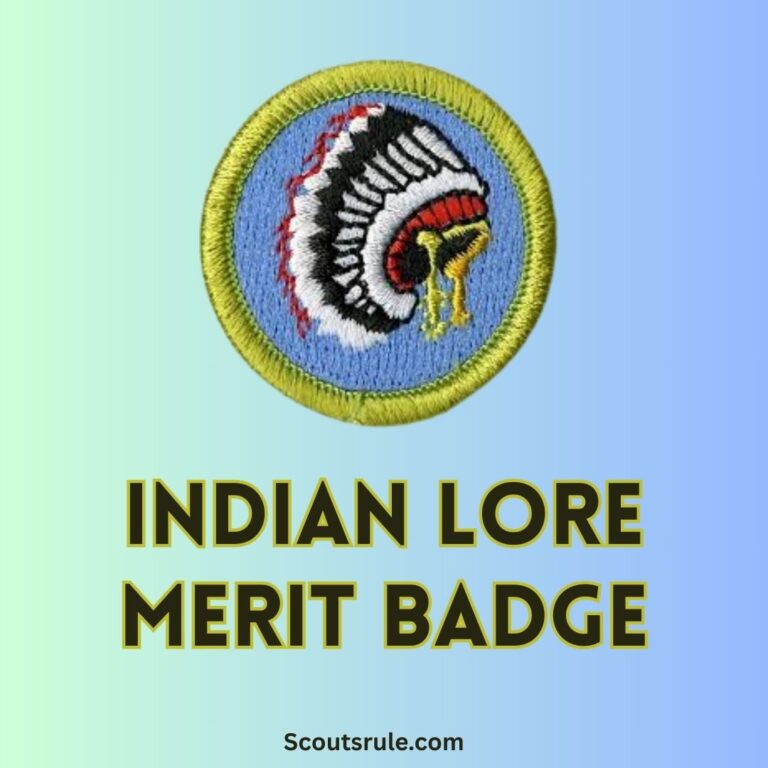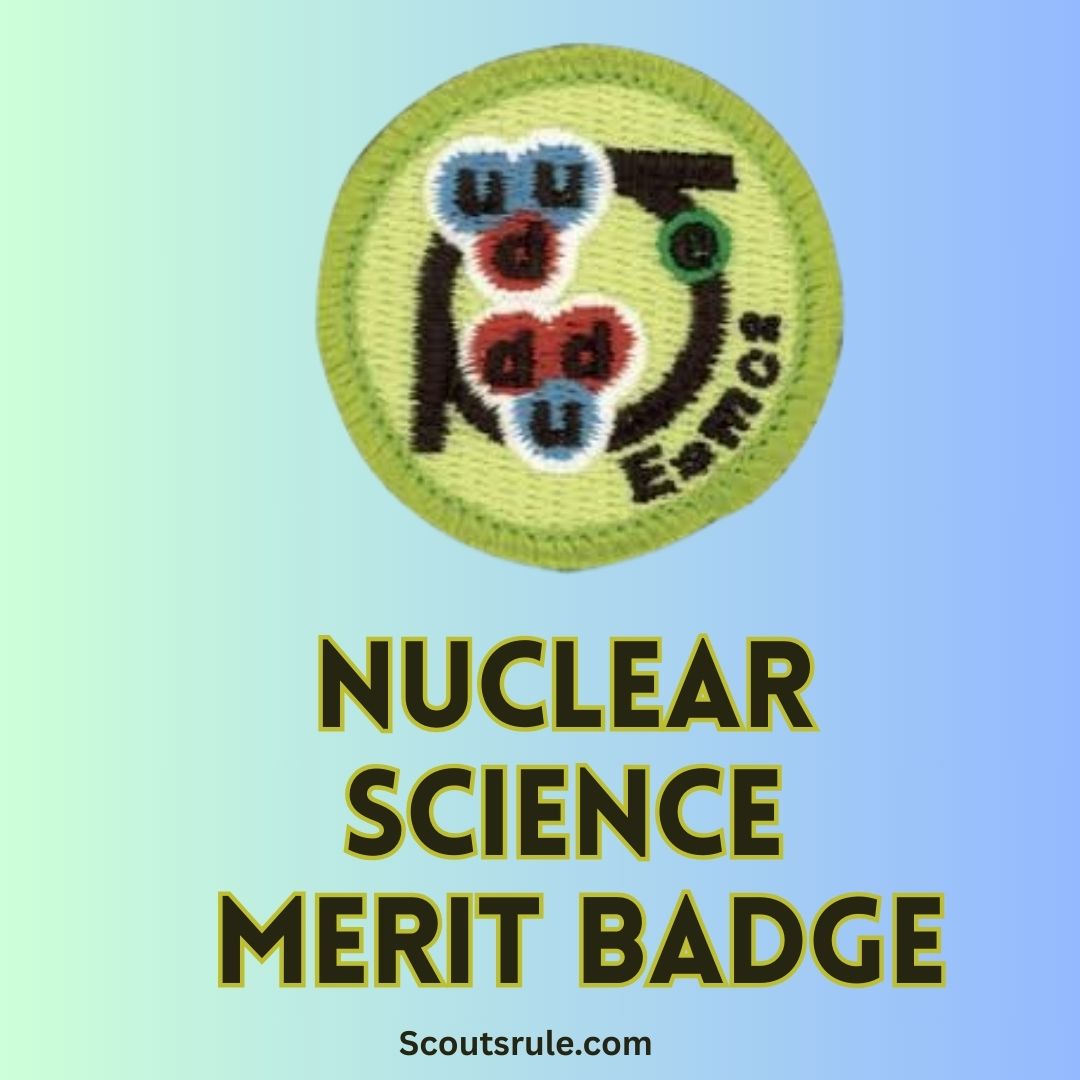
Nuclear science encompasses the study of atomic nuclei, the behavior of radioactive materials, and the energy released during nuclear reactions. Its influence is profound—it underpins modern energy production, medical diagnostics and treatments, agricultural practices, and advanced scientific research. By exploring nuclear science, you gain insight into how fundamental particles interact and how controlled reactions can yield tremendous power. This merit badge offers a unique opportunity to understand both the potential benefits and the challenges (such as safety and ethical considerations) of harnessing nuclear energy.
Whether you are fascinated by the underlying principles of the atom, curious about the potential of nuclear energy as an alternative power source, or interested in the role of nuclear medicine, your journey through this badge will build a strong foundation in science, technology, and responsible stewardship.
Post Contents
- 2. Purpose and Objectives of the Nuclear Science Merit Badge
- 3. Fundamental Concepts of Nuclear Science
- 4. Historical Evolution of Nuclear Science
- 5. Radiation Hazards and Safety Practices
- 6. Applications of Nuclear Science
- 7. Hands‑On Projects and Practical Exercises
- 8. Documentation, Record Keeping, and Presentation Strategies
- 9. Career Opportunities and Future Impacts
- Conclusion: The Impact of Nuclear Science on Society
2. Purpose and Objectives of the Nuclear Science Merit Badge
The Nuclear Science Merit Badge is designed to:
- Enhance Educational Growth: Provide a clear understanding of atomic structure, radiation, and nuclear reactions. Learn how nuclear principles apply to everyday technologies and global challenges.
- Develop Technical Skills: Gain proficiency in basic measurements and safety practices related to radiation, and understand the fundamentals behind nuclear devices such as reactors and diagnostic instruments.
- Promote Safety and Ethical Awareness: Understand potential hazards of radiation, distinguish between exposure and contamination, and learn the ALARA (As Low As Reasonably Achievable) principle to minimize risks. Discuss the ethical dimensions of nuclear research and its applications.
- Explore Applications: Examine real-world nuclear science applications—from energy production to medicine—and the impact these technologies have on society.
- Foster Research and Communication Skills: Document your research and participate in hands‑on projects, developing clear and organized presentations of your findings.
- Career Exploration: Explore fields of future study and work, such as nuclear engineering, medical physics, environmental science, and national security.
By meeting these objectives, you will build a comprehensive knowledge base that covers both the science and the broader cultural and ethical issues associated with nuclear technology.
3. Fundamental Concepts of Nuclear Science
Understanding nuclear science requires familiarity with a variety of scientific principles concerning the nature of the atom and the forces that bind it.
3.1 Atomic Structure and Radioactivity
- Atomic Structure: Every element is composed of atoms, which consist of a nucleus (containing protons and neutrons) and electrons that orbit around it. The behavior of these particles determines the chemical properties of an element. In nuclear science, the focus is on the nucleus and the forces (primarily the strong nuclear force) that hold it together.
- Radioactivity: Some atomic nuclei are unstable and break down over time, releasing energy in the form of radiation. This process is known as radioactive decay. Understanding the basics of isotopes (atoms of the same element with different numbers of neutrons) is essential, as it ties into the concepts of nuclear stability and radioactivity.
3.2 Nuclear Reactions: Fission and Fusion
- Nuclear Fission: This reaction occurs when a heavy atomic nucleus splits into smaller nuclei, releasing energy in the process. Nuclear power plants typically use fission reactions, controlling them through moderators and control rods.
- Nuclear Fusion: Fusion involves the merging of two light atomic nuclei to form a heavier one, releasing vast amounts of energy—this is the process that powers the sun. While fusion promises a cleaner energy source, it remains primarily in the experimental phase for power generation.
- Energy Release and Applications: Both fission and fusion reactions convert a tiny amount of mass into a large amount of energy, as described by Einstein’s iconic equation, E = mc².
3.3 Radiation: Types, Measurement, and Effects
- Types of Radiation: Nuclear reactions emit various types of radiation:
- Alpha Particles: Heavy and slow, with limited penetration.
- Beta Particles: Lighter and faster, can travel a few millimeters in tissue.
- Gamma Rays and X-Rays: High-energy electromagnetic radiation with deep penetration abilities.
- Measurement: Radiation levels are measured using instruments such as Geiger-Müller counters, dosimeters, and scintillation detectors. These tools help scientists monitor exposure levels.
- Biological Impact: Understand the difference between radiation exposure (energy passing through) and contamination (radioactive materials present on surfaces). Discuss how high doses can cause cell damage and increases the risk of cancer, while background radiation (including radon exposure) is a natural part of our environment.
4. Historical Evolution of Nuclear Science
Gaining perspective on nuclear science is enriched by learning its history and evolution.
4.1 Key Milestones in Nuclear Science
- Early Theories: The development of atomic models—from Dalton’s initial ideas to Rutherford’s discovery of the nucleus—sparked questions about atomic structure.
- Discovery of Radioactivity: Henri Becquerel, Marie Curie, and others discovered and researched radioactivity, laying the groundwork for nuclear chemistry and physics.
- Development of Nuclear Reactors: The 1940s saw the construction of the first nuclear reactors—initially for weapon development (the Manhattan Project) and later repurposed for energy production.
- Transition and Modern Advances: The later 20th century ushered in significant advances, including improvements in reactor safety, the expansion of nuclear medicine, and ongoing research into fusion energy.
4.2 Nuclear Science in the Modern World
- Impact on Energy Production: Nuclear reactors provide a significant portion of low‑carbon electricity in many countries.
- Medical Applications: Nuclear science has revolutionized diagnostic techniques (like PET and CT scans) and treatments (such as radiotherapy for cancer).
- Research and Industry: Applications extend into fields such as material testing, agriculture (using radiation for food preservation), and even space exploration.
Understanding these historical and modern perspectives helps to situate nuclear science within the context of global technological advancement.
5. Radiation Hazards and Safety Practices
Given its immense power, nuclear science must be approached with respect for safety—all the more critical when dealing with radiation.
5.1 Understanding Radiation Risks
- Exposure vs. Contamination: Explain that radiation exposure involves energy interacting with matter (including the human body), while contamination refers to radioactive material being deposited on or within an object.
- Health Impacts: Discuss potential hazards, such as radiation burns, cell mutations, and increased cancer risk. Provide comparative examples, such as the differing risks from medical X-rays, natural background radiation, and controlled exposure in nuclear power plants.
5.2 The ALARA Principle
- Definition: ALARA (As Low As Reasonably Achievable) is a safety principle designed to minimize radiation exposure. It involves planning, monitoring, and protective measures.
- Implementation: Describe how nuclear facilities, hospitals, and laboratories employ ALARA practices to protect workers and the public—from shielding and distance to time limits on exposure.
5.3 Radiation Hazard Symbols
- The Radiation Tassel/Skull Icon: Identify the standard radiation hazard symbol and explain its meaning. This symbol alerts individuals to areas where radiation is present and safe handling practices must be followed.
- Application: Discuss where these symbols might be found, for example, on radiation-emitting equipment, laboratory spaces, and nuclear facilities. Reflect on why strict adherence to these warnings is essential.
6. Applications of Nuclear Science
Nuclear science is far-reaching. In this section, explore several practical applications.
6.1 Nuclear Energy and Power Generation
- How Reactors Work: Explain the basic operation of a nuclear reactor—how controlled nuclear fission releases energy that heats water to produce steam, which then drives turbines.
- Advantages and Challenges: Describe the benefits of nuclear power, such as high energy density and low carbon emissions, while acknowledging challenges like radioactive waste management and reactor safety.
6.2 Nuclear Medicine and Diagnostic Techniques
- Medical Imaging and Treatments: Discuss the use of radioisotopes in diagnostic imaging (PET, CT, SPECT scans) and cancer treatments (radiotherapy).
- Benefits: Explain how these techniques help detect and treat diseases at early stages, transforming modern medicine.
6.3 Diverse Industrial, Agricultural, and Research Applications
- Industrial Uses: Nuclear technology is used in non-destructive testing, material analysis, and sterilization of products.
- Agricultural Applications: Radioactive tracers help improve crop yields and study soil properties, while irradiation preserves foods.
- Scientific Research: High-energy accelerators and reactors serve as tools for probing the fundamentals of matter and energy.
7. Hands‑On Projects and Practical Exercises
Practical activities are key to cementing your understanding of nuclear science principles. Consider the following projects:
7.1 Project Example: Radiation Measurement Simulation
- Objective: Simulate radiation measurements using available resources. For example, use an online simulation or a Geiger counter (if available) to monitor background radiation levels.
- Steps:
- Record measurements at various locations (indoor vs. outdoor, high vs. low altitude).
- Compare the readings and relate them to known background levels.
- Documentation: Create graphs or charts showing your measurements, and write a brief report discussing what you learned about variations in background radiation.
7.2 Project Example: Comparing Radiation Exposures
- Objective: Research and compile data on radiation doses from different sources (nuclear power plant workers, medical X-rays, natural background radiation).
- Steps:
- Use reputable sources such as government or academic publications.
- Prepare a table or visual graph that compares the doses.
- Discussion: Discuss how the differences in exposure levels reflect the need for strict safety protocols and the ALARA principle.
- Documentation: Include annotated charts, research notes, and your reflective commentary on the implications for human health.
Additional projects might include creating a poster or digital presentation on the history of nuclear power, or writing an essay on the ethical considerations of nuclear weaponry versus energy generation.
8. Documentation, Record Keeping, and Presentation Strategies
Thorough documentation is crucial for the merit badge. Here are some strategies:
- Research Journal: Maintain a detailed notebook or digital file where you log:
- Research on atomic structure, radioactivity, and nuclear reactions.
- Notes from interviews or consultations with experts (if applicable).
- Reflections on safety procedures and ethical considerations.
- Visual Documentation: Include diagrams, photographs of any laboratory demonstrations or simulated projects, and annotated charts.
- Organized Portfolio: Assemble your work into a clearly organized portfolio. Use section dividers and a table of contents so your merit badge counselor can easily review your progress.
- Final Presentation: Prepare a final report or presentation that summarizes your learning journey. This could be a slide show, poster, or digital document that connects all aspects of your project—from fundamental principles to practical applications and safety practices.
9. Career Opportunities and Future Impacts
Nuclear science is an ever-evolving field with numerous career paths and real‑world applications.
- Potential Careers:
- Nuclear Engineering: Designing and operating nuclear reactors and energy systems.
- Medical Physics: Developing nuclear technologies for diagnostics and treatment.
- Radiation Protection: Working in safety and environmental monitoring at nuclear facilities.
- Research and Academia: Pursuing advanced studies in physics, chemistry, or related fields.
- Societal Impact: Reflect on how advancements in nuclear science have influenced energy policy, medicine, and technology. Consider how your knowledge might contribute to addressing global issues such as climate change or energy sustainability.
Explore these career paths by researching job profiles, reading industry articles, or conversing with professionals in the field. Document your findings and insights as part of your overall project.
Conclusion: The Impact of Nuclear Science on Society
The Nuclear Science Merit Badge is not only an academic exercise—it is an exploration into one of the most powerful fields of modern science. By understanding atomic structure, radiation, nuclear reactions, and the wide‑ranging applications of nuclear technology, you gain both technical insight and a broader perspective on its potential impact on society. Safety and ethical considerations are woven through every aspect of nuclear science, reminding us that with great power comes great responsibility.
As you document your projects—from simulations of radiation measurements to comparative studies of radiation exposure—you build a comprehensive record of your journey that reflects both your scientific achievements and your commitment to learning. These experiences help foster critical thinking, problem-solving skills, and an awareness of how science can shape our future.
May your exploration of nuclear science inspire you to further your education and contribute thoughtfully to the fields of energy, medicine, and technology. As you master these concepts, you join a community of innovators and thinkers dedicated to harnessing the power of nuclear science for the benefit of society and the planet.
Happy exploring, and may your journey through the Nuclear Science Merit Badge motivate you to pursue a future of innovation, responsibility, and lifelong learning!

Hi, Robin here, A former lead Scout and here I share my inspiring stories about USA Scouts, leadership, adventure, how to guides and more.

